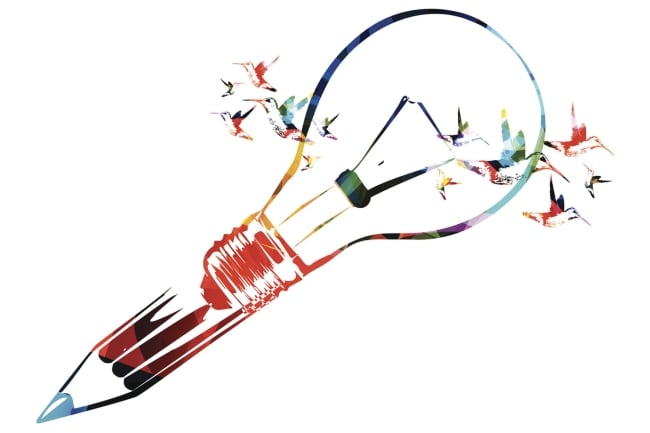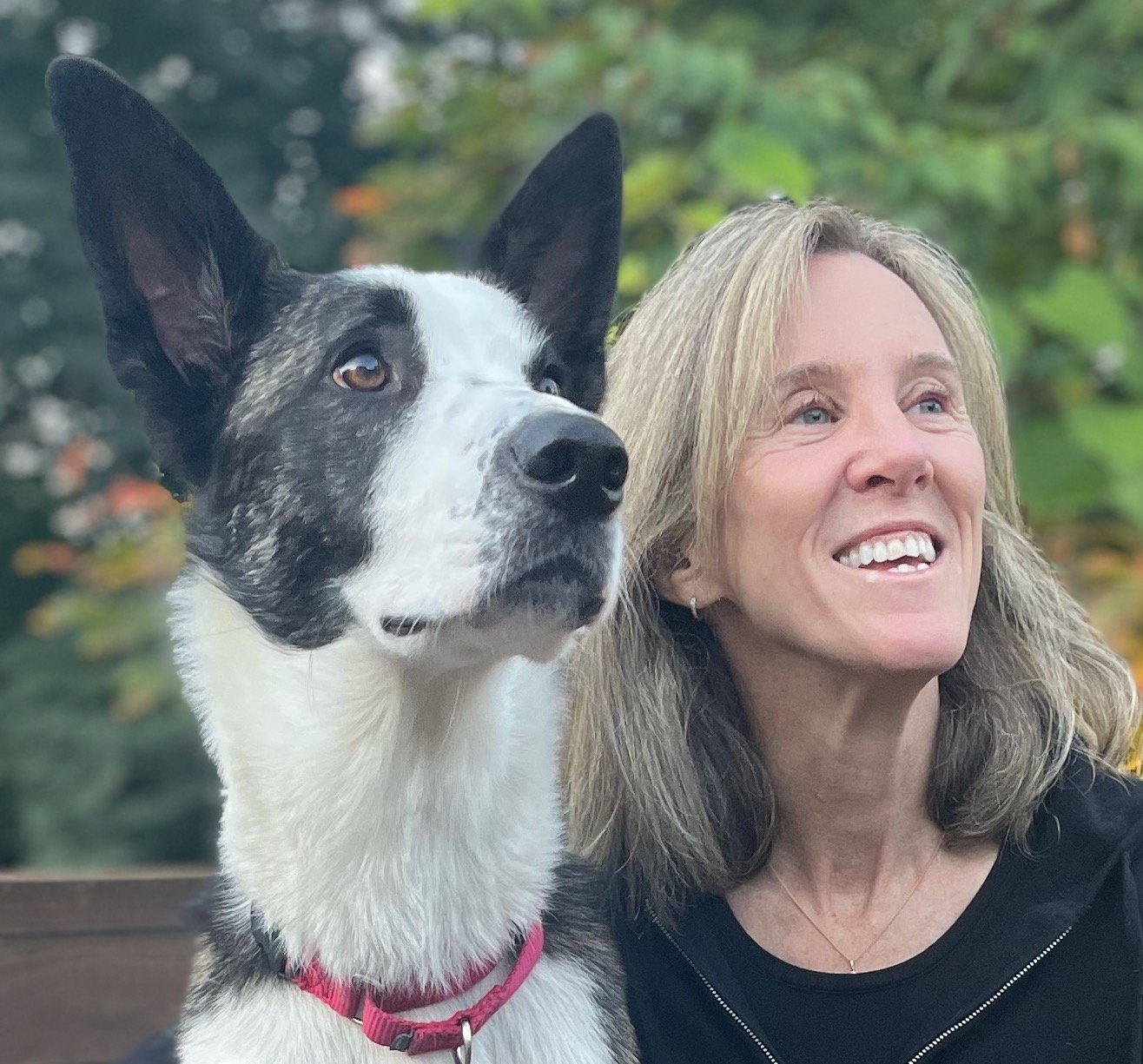You have /5 articles left.
Sign up for a free account or log in.

proksima/iStock/Getty Images Plus
In the past few years—maybe since the pandemic, but who can remember, since every day after April 2020 has been Blursday—I’ve noticed students saying something interesting when they are confused or make a mistake or just don’t want to read or write. They speak about their brain as if it’s a different and separate thing from, well, them.
“My brain doesn’t work that way.”
“My brain can’t read books like this.”
“My brain doesn’t let me” do whatever.
In my creative writing class recently—a wonderful class with students I have come to love in just a few weeks—I asked them about this. It seems to me a peculiar construction.
A smart, capable young woman said she thinks it might be a way to make an excuse for herself. Others refer to their “spicy” neurodiversity. Another said, simply, “Mental illness.”
In the past, I may have scoffed and gone on to think, Yep. Making excuses.
But now what I see in my students—many first-gen college, some still living at home, most with diagnoses of mental health issues—is that they are struggling and hurt and look for ways to distance themselves from, well, themselves.
And also, as it turns out, from each other.
At the beginning of the quarter, I had them introduce themselves and list their personal and academic goals for the class. These short essays were posted for all to see. I wasn’t surprised when creative writing students said they wanted to learn to write better, or even that they hoped to gain some confidence. Those are my personal goals, too. Still working on them.
What shocked me was how many said they had no friends. It would be nice, they wrote, to have a little bit of a social life. Maybe. But really, they didn’t like talking to people.
Creative writing classes are often Islands of Misfit Toys, but these days, students seem just plain broken. So, while I still held to my regular manner of requiring copious reading and writing, I decided to offer them many degrees of freedom. They chose the books we would read (from a list I provided) and they worked in small groups to assign to the whole class the published essays we would discuss.
At first, the lack of imposed structure made some of them twitchy. They wanted me to tell them what to do and how to think. I wanted to empower them to figure stuff out for themselves. As always happens, a few people stepped up to become leaders.
Our classes meet once a week, in the evenings, for many, many hours. So we have recess. Each week, someone volunteers to be director of fun and comes up with an activity for the whole group.
The first week, a student decided the class would do Speed Dating for Friends. She arranged them in long rows facing each other and figured out who should move in which direction, and they spent 90 seconds telling each other who they were. The job she assigned to me: calling time.
The next director of fun brought in embroidery thread and everyone made friendship bracelets while they talked about Taylor Swift and Dungeons & Dragons. Two students exchanged the bracelets they made. Score!
At the end of a raucous game of Pictionary, with only one student left—a guy who had previously opted out of fun—the director said, “Do you want a turn?” And then added, “You don’t have to.” We were all shocked when he went to the board and nailed it.
One night, I put them in small groups to read each other’s essays aloud. Three students were laughing so hard one guy fell off his chair. I mean, literally—he fell to the floor in hysterics. Another member of the group, a self-described introvert with no friends, had tears streaming down her reddened face while the remaining person read aloud through her own laughter.
Everyone in the class witnessed this—I’m sure people two floors down from us heard the shrieks—and of course I wanted to know what was so funny.
They were doing what I’d asked. But the student was reading using a dead-on impression of Jennifer Coolidge’s voice.
Is this silliness the best way to spend time in class? Does making friendship bracelets help them become better writers and readers? Am I guilty of some kind of professorial malpractice because I’m not standing at the front of the class lecturing them about rhyming action and narrative arc?
Maybe?
But if a student tells you their brain is not working, if they say they can’t pay attention because their brain hurts, when they write about their family traumas and their own experiences with addiction, body dysphoria, fat-shaming, racism, sexuality, religious apostasy—what can you do except try to find ways to open their minds so their brains can actually do the work?
Mine are the students who have been told they’re not good at school. Or they are so good they entered college when they were 16 years old, still living at home, during a period when the only option to learn was by Zoom.
Plus, they are anxious and depressed. But you know what? Who can blame them? The world they are living in is a scary, dangerous place. Young women, students of color and LGBTQ+ people in particular feel vulnerable and often alone.
Plus, the reading selections I offer do not do much to make them feel much better about the world. We read James Baldwin and Dr. King and then Ta-Nehisi Coates and Tressie McMillan Cottom. Things haven’t changed enough for Black people, they declare. We read Virginia Woolf, Alison Bechdel and Lisa Taddeo and talk about who gets to represent the interior lives of women. We discuss how the lines of genre—fiction, poetry, nonfiction—are never as neat as what they learned in high school.
I tell them that learning to write well, to express themselves as only they can, is what will give them power. I ask them to care about their sentences. ChatGPT may be able to come up with a first draft, but only they will be able to make it sound unique. I suggest that by reading widely, and things they wouldn’t find on their own, will they be able to build their own voice. And I point out that writers need readers. A creative writing course is where you can find people who will provide the kind of feedback we all depend on. We all need community.
I diagnose their main disorder: they are unaware of their own awesomeness. Their brains are not the problem. Their brains work just fine.
Then we talk about Taylor Swift and Dungeons & Dragons. With a month of classes left to go, I realize, that like the Brady Bunch, they have somehow formed a family.
We do the work, in other words, of education, even though from the outside it may look a whole lot like play.





